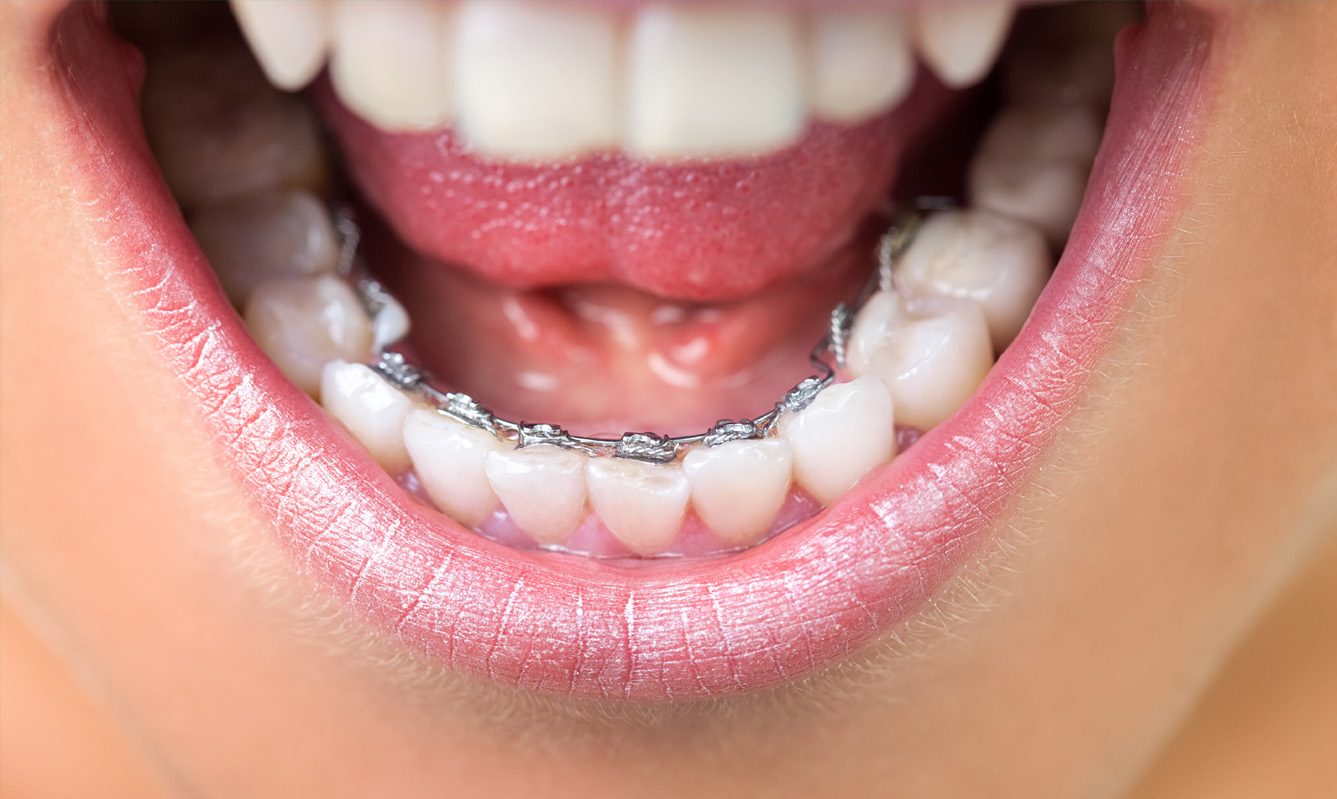If traditional braces are not your style it doesn’t mean you have to miss out on straightening your teeth. In fact, there are invisible braces that offer a discreet and comfortable approach to tooth straightening. In addition to the invisible aligners that fit over your teeth, there are also behind teeth braces that are just as hidden as they are effective.
Braces behind the teeth are known as “Lingual braces” and are similar to traditional metal braces in design. The only difference between these two is that traditional braces are worn on the front of your teeth. Let’s dive into the world of Lingual braces and what the treatment process looks like.
Customized for you
Lingual braces are behind teeth braces, popularized by child stars who needed orthodontic treatment while in the media spotlight. The behind the tooth placement makes for a much more discreet option. As a result, they’ve become popular among actors and other performers who are working on their smile.
There are a few types of behind teeth braces, the most common being customized dental braces. Customized braces use advanced computer modeling to fit each tooth and are designed to lay as flat as possible in your mouth, making them both more comfortable and more effective. There are also short-term Lingual braces which only adjust the front teeth for aesthetic purposes.
Finally, self-ligating lingual braces offer a unique advantage – they automatically adjust to the movement of your teeth. This means no frequent trips to the orthodontist for adjustments, making your treatment process that much easier. If you’re not a fan of traditional brackets, these lingual braces could make your path to a perfect smile a whole lot smoother and hassle-free.
Which is right for you?
A discrete solution for straightening teeth, Lingual braces proves equally effective as traditional braces and requires the same duration of wear. Furthermore, they offer added advantages for individuals engaged in contact sports or playing musical instruments, as Lingual braces do not interfere with these activities.
If you’re interested in invisible braces, talk to your orthodontist about InBrace braces which sit discreetly behind your teeth so no one will ever know it’s there except for you and your orthodontist.
